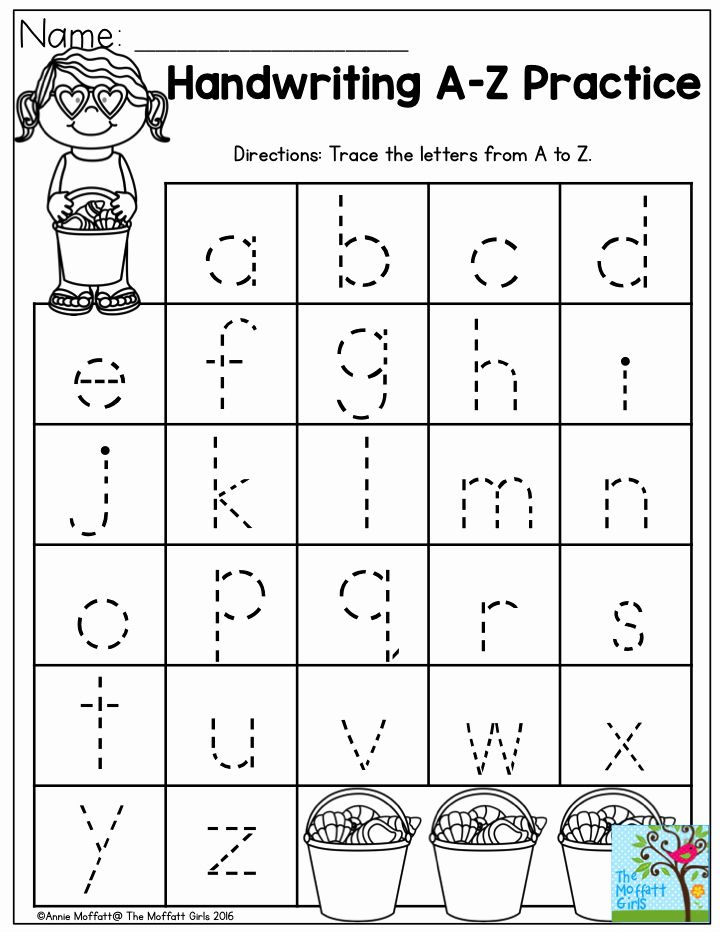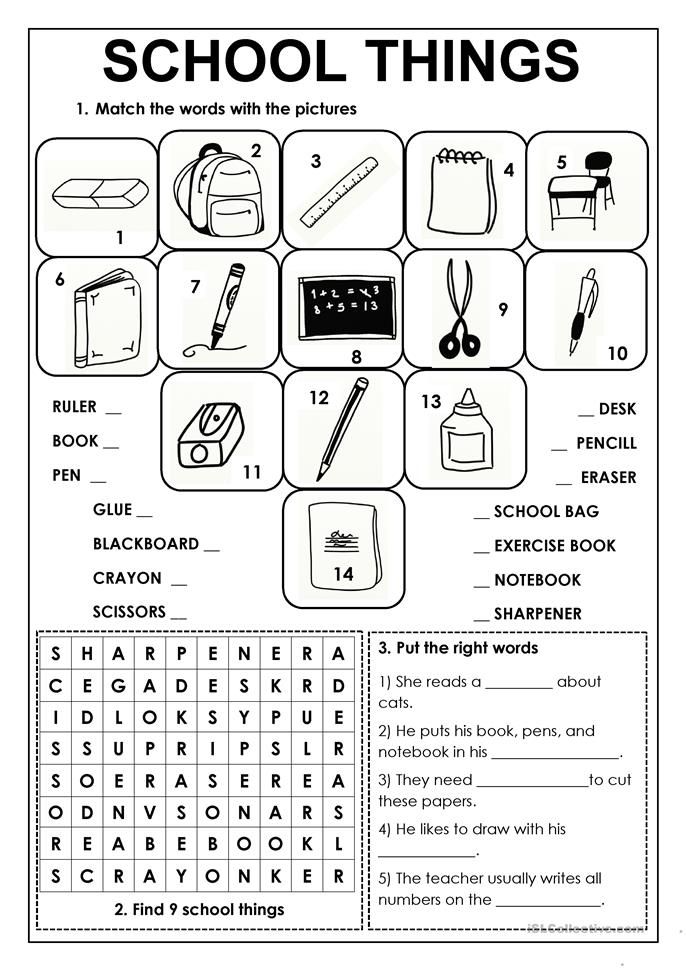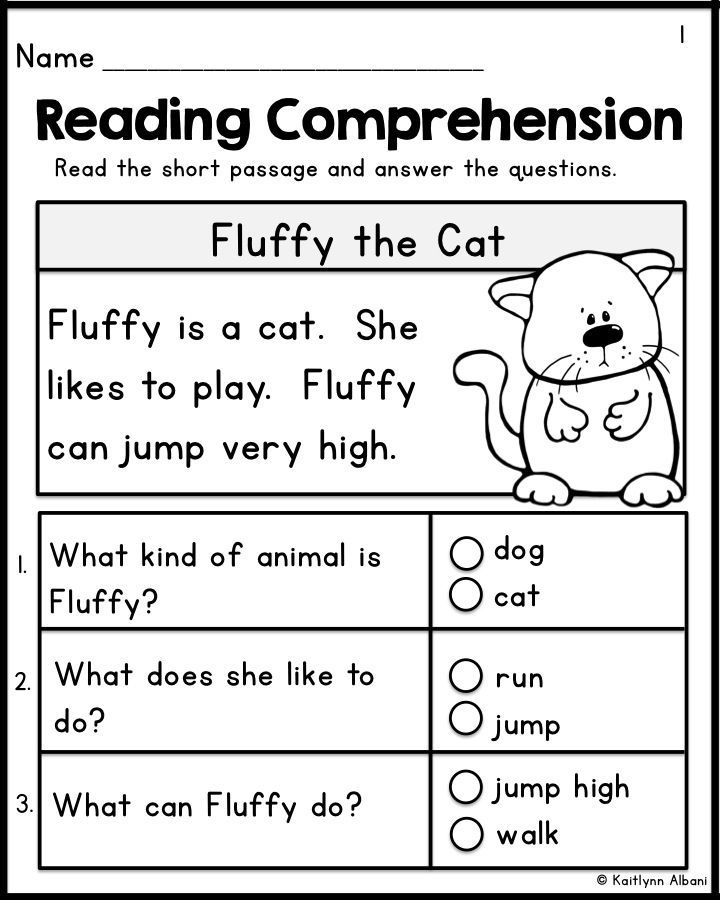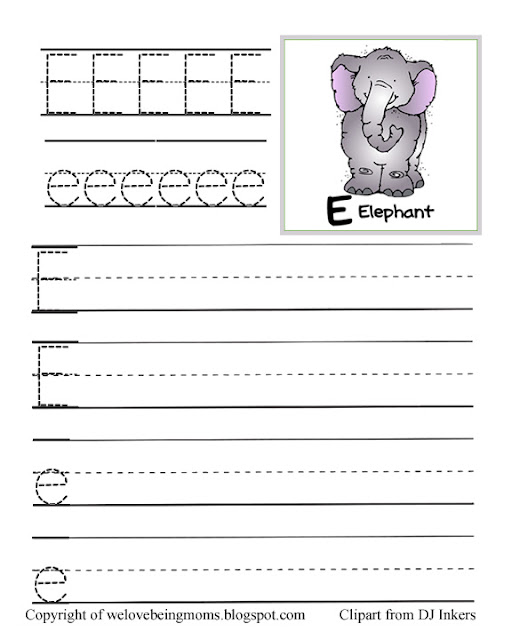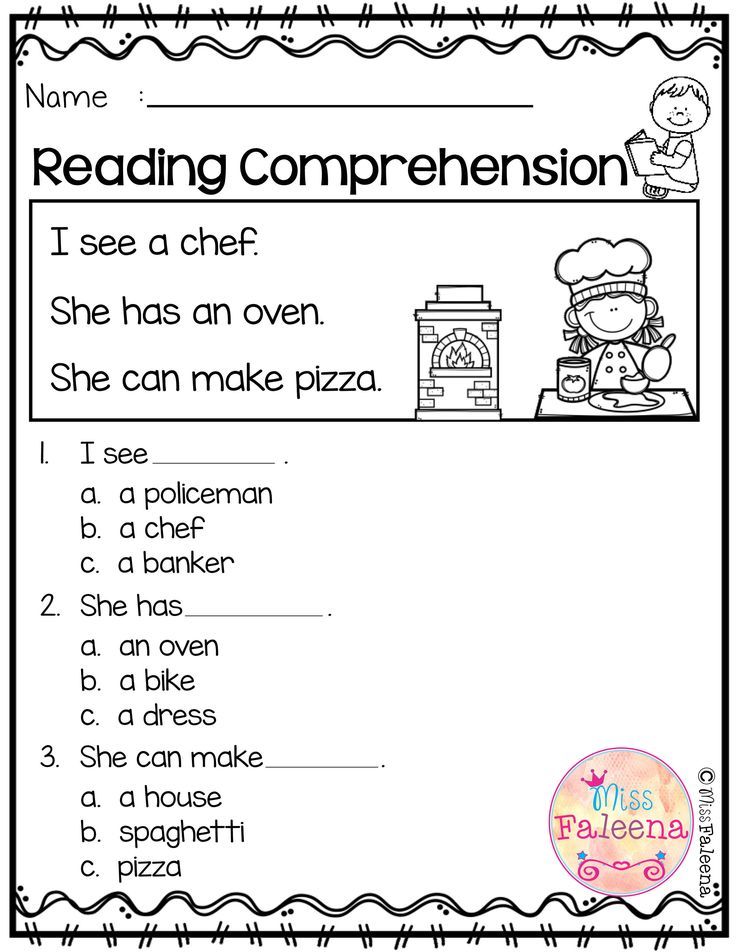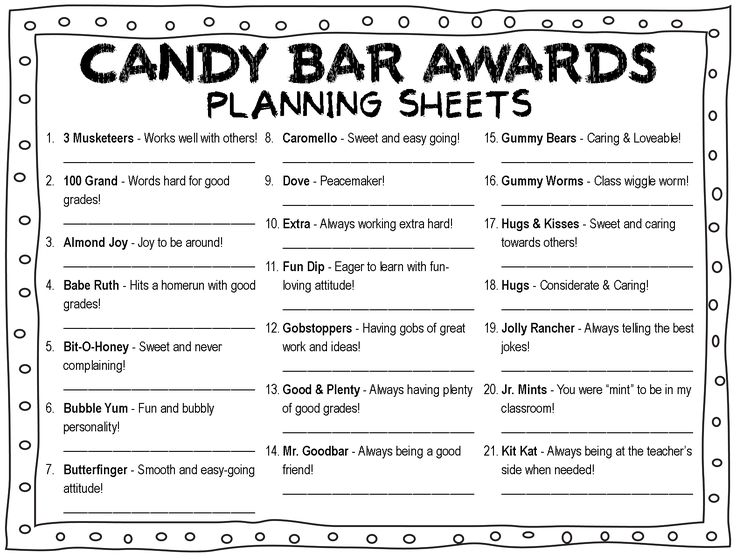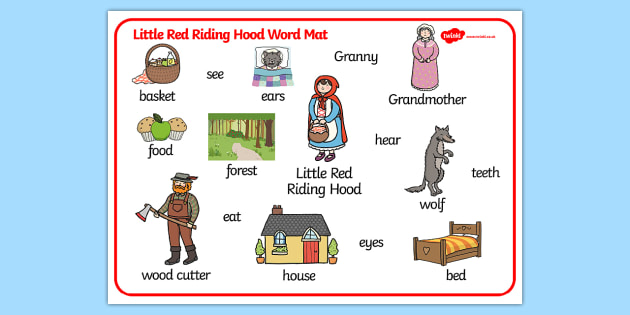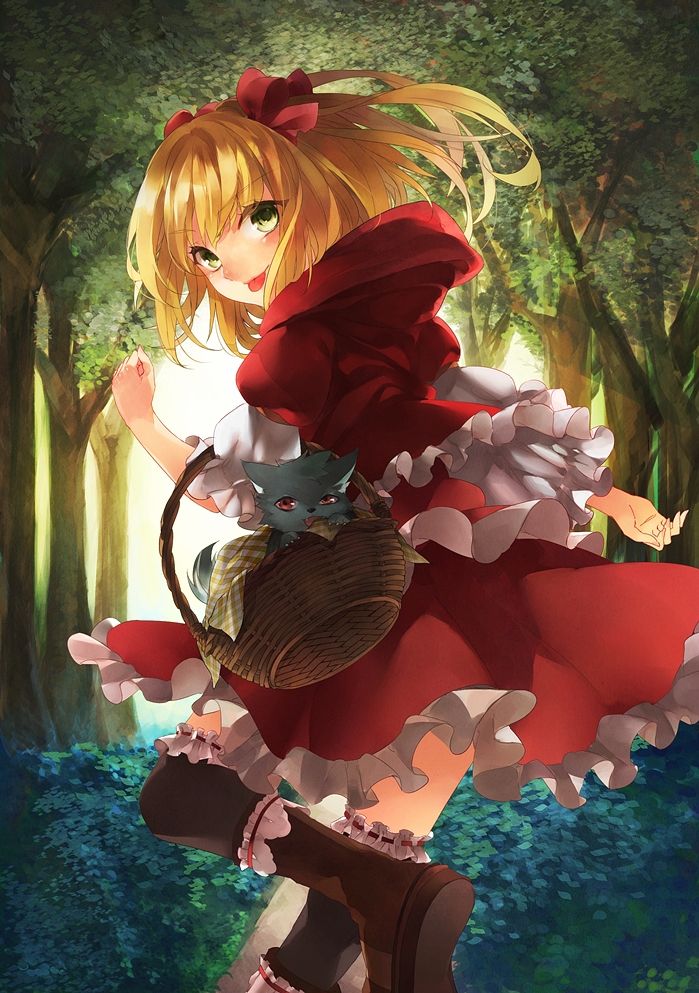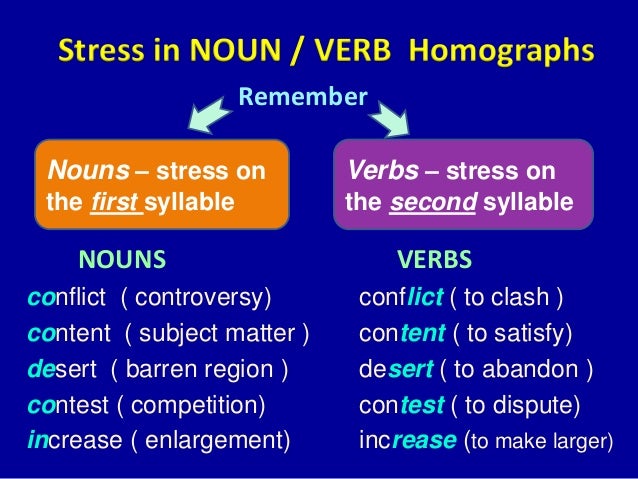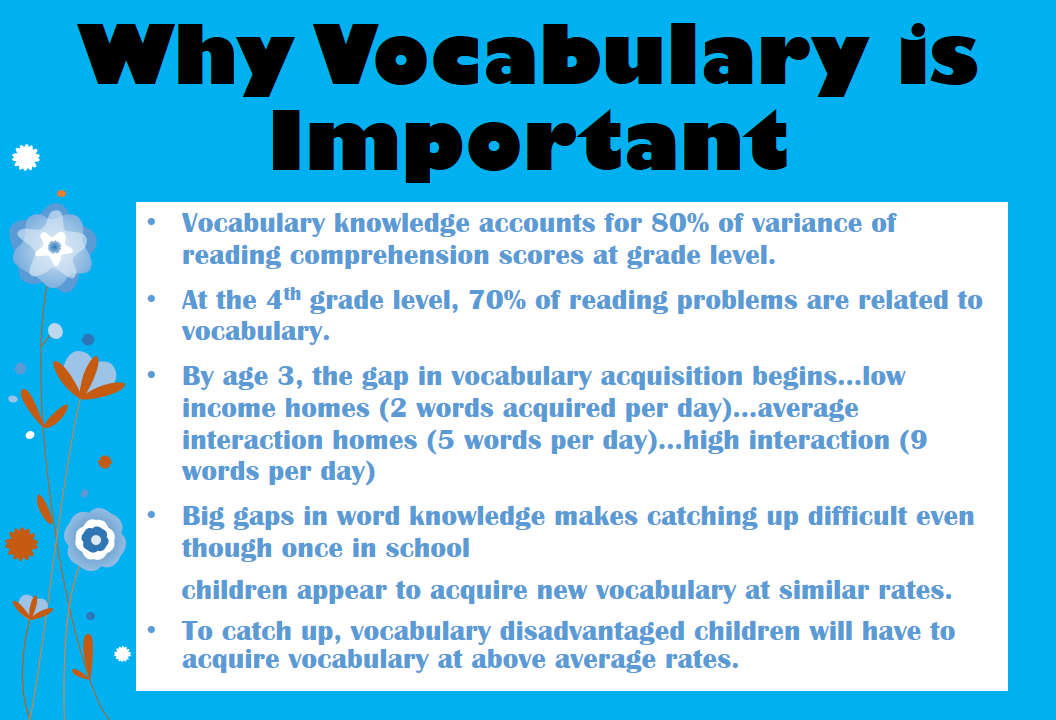Letter review for preschoolers
9 Fun Activities That will Help Your Kids Learn the Alphabet
Add variety to your alphabet instruction with these 9 fun alphabet activities for preschoolers. You can even download a sampler of letter A printables to try them out today.
Are you looking for some fun ways to teach the alphabet to your kids?
During the summer I avoided the steamy 100+ temperature by sitting inside reading No More Teaching a Letter a Week by Rebecca McKay and William H. Teale. Under the cool vent of the AC, I was struck by how many times the authors mentioned that kids benefit from varied and repeated exposure and practice with the alphabet.
I know that I like a little variety when I learn. How about you?
There is no need for you to search all over Pinterest for a bunch of activities that will interest your kids as they learn the alphabet.
Today, I’m excited to tell you about the 9 different letter activities that are included in my Super Alphabet Bundle. The wide variety of activities are great for in the classroom or for parents to do at home.
They will give you the opportunity to work on alphabet knowledge in many different ways with your kids.
Plus, you can even sample the printable activities.
How to teach the alphabet
Learning the alphabet involves much more than reciting the ABC song. Kids learn the alphabet when they
- learn letter recognition
- learn letter sounds
- learn to form letters
Kids can learn the alphabet through name activities, by reading books, through playful multi-sensory alphabet activities.
There are MANY ways to help kids learn letters, and it’s best to provide a variety of activities.
Let me show you 9 printables to help kids learn the alphabet.
1. Dot Alphabet Activities
The first activity that I want to share is alphabet dot pages. These printable alphabet dot letters can be used to work on letter recognition, letter formation, and letter-sound knowledge.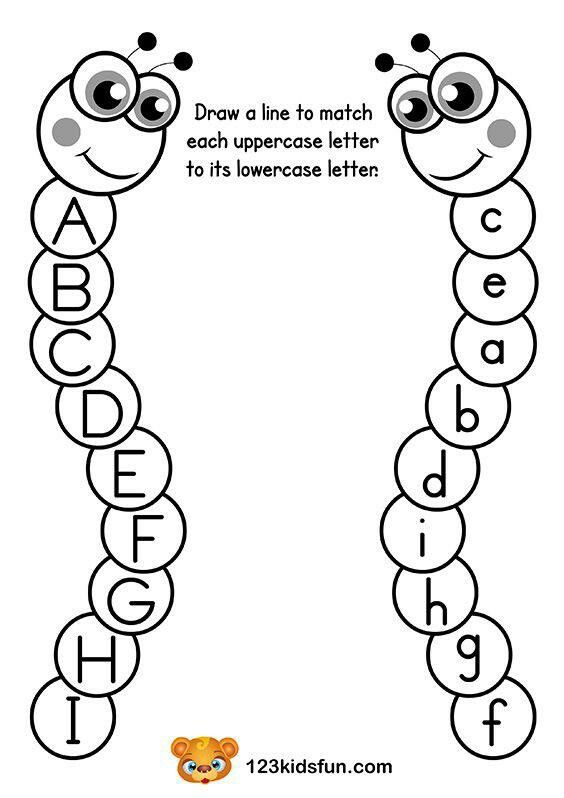
Kids can trace the letters with their fingers to learn to recognize the unique features of each individual letter. I love that this activity can also be a great fine motor exercise. Kids enjoy placing stickers, loose parts, or sticky fingerprints in each circle of the letters.
To get tons of ideas for using the pages, check out this article about alphabet dot letters
2. An Alphabet Word Wall
Next, you can create a print-rich environment in your classroom with word wall cards. The alphabet header cards in this word wall set are large, square cards with a simple border and large letters so that kids can focus on what is important…the letters. Each word card contains a word in a large, clear, simple font along with a simple illustration…..again clear and simple.
You can also create name cards or custom cards for your word wall. Kids love seeing some environmental print cards up there too.
Because of the trademarked logos, I can’t add environmental print cards to the printable set.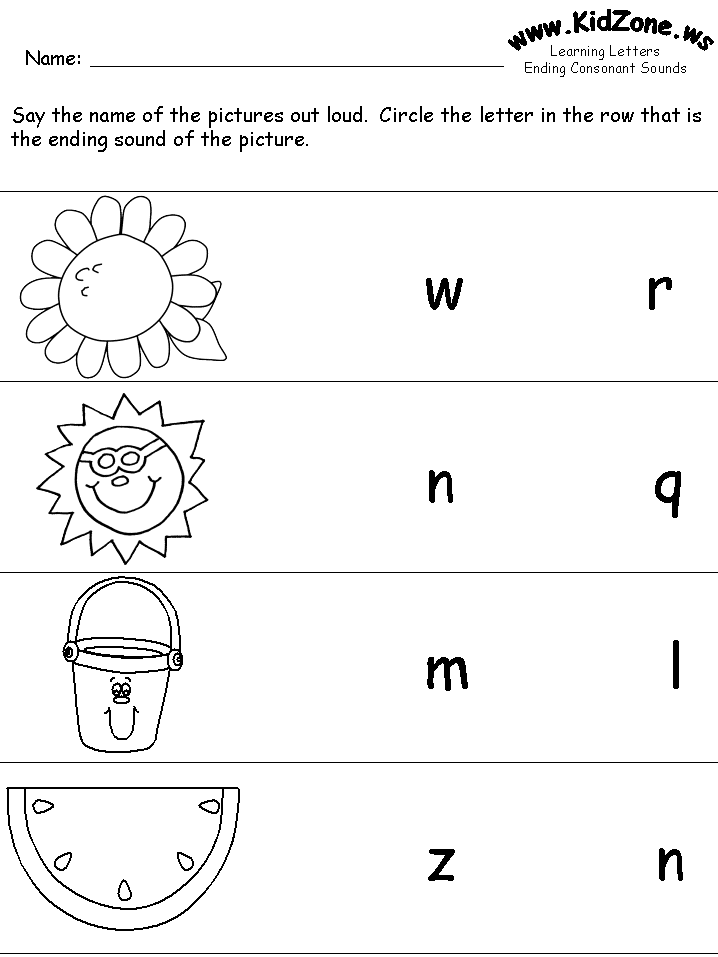
But….let me share a secret…..
You can make them by using a logo image in place of a child’s photograph. Have fun creating them. Teachers proudly displayed the Ohio State logo on our word walls when we lived in Columbus, Ohio.
In addition to using the set as a word wall, you can use the resource in pocket charts, on word rings in your writing center. You can also use the word cards and alphabet header cards as a sorting activity, for a word scavenger hunt, or as a matching game
3. Start with a Dot – Letter Formation Activities
Giving kids the opportunity to produce letters will help them learn to recognize the letters. This alphabet tracing activity set includes several different cards to help kids learn to produce letters.
Letter Tracing Cards in a Salt Tray
Finger tracing cards provide a great way to help children learn the differences among the letters. A starting dot serves as a visual reminder on where to start letter formation.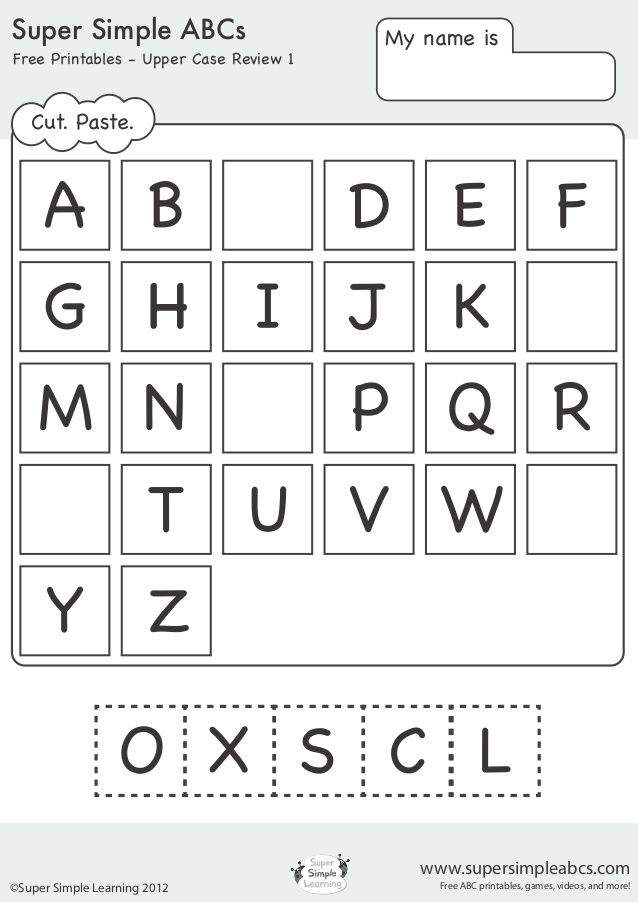
Kids can finger trace directly on the cards or can use the cards as a reference as they reproduce the letters in a salt tray, on a blank wall, or in the air with their magic finger.
Do you want to know how to put together a salt tray? Check out this salt tray post for some great ideas to make an exciting salt tray for your kids.
Create Tactile Letter Cards
You can also use the cards to make tactile letter cards. Kids love feeling the letters and don’t even realize that they are learning as they do it. Find direction and LOTS of ideas in my article about tactile letters.
Alphabet Tracing Strips
The set also includes 3 sets of alphabet tracing strips so that kids can also practice letter formation with a real-life writing instrument (not a magic finger).
Each set of tracing strips have a different style of tracing font
- yellow
- dotted
- outlined
Some children may find it easier to see their writing on top of the yellow letters, some children may enjoy the challenge of trying to keep their writing within the lines of the outlined letters.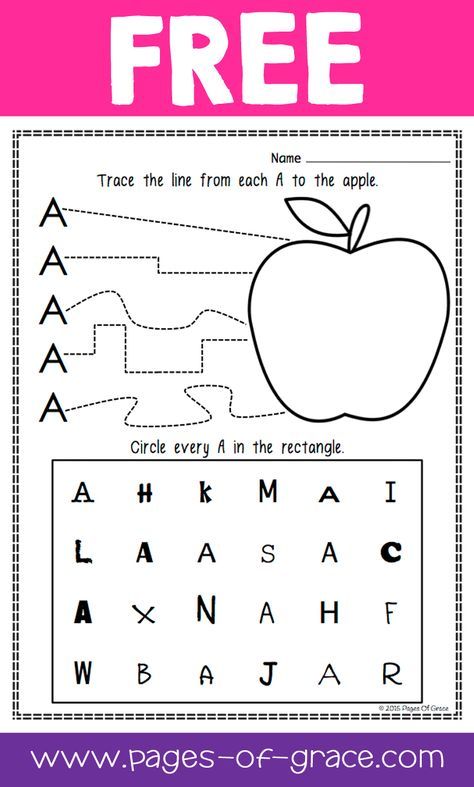 Use the style of tracing stripes that are best for your kids.
Use the style of tracing stripes that are best for your kids.
These are not like old-school letter tracing activities. You know what I mean…the ones with all the arrows and numbers. I do not like those things!
Don’t Distract Me! – Arrows and numbers on tracing letters easily distract me. I prefer to use a simple green starting dot on my tracing activities. The dot provides a visual clue to help kids know where to begin when forming letters.
4. My Favorite – Editable Alphabet Activity Sheets
These editable pages provide endless letter activities for your kids.
Practice letter recognition and phonemic awareness in creative and multi-sensory ways. The full set contains lowercase and uppercase editable letter pages, uppercase and lowercase pages without text, 1 full-color editable cover page, and 1 black and white editable cover page.
These letter sheets are my favorite alphabet activity because there are so many ways to use them.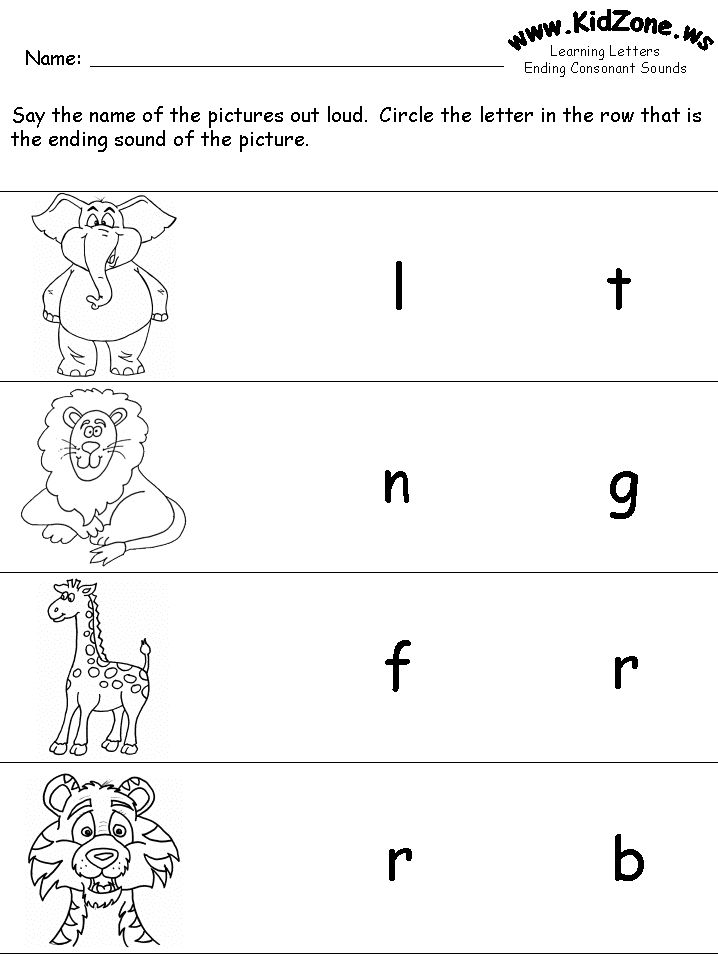
- Create an alphabet book by binding a cover together with ABC pages.
- Make a tactile alphabet book and let kids finger trace the letters.
- Make alphabet pages featuring your kids’ names.
- Create a class name book.
- Use the sheets, along with small manipulative or toys, as play mats or play dough mats.
- Create letter activities or art/craft projects with the letter sheets.
- Use the sheets without text as coloring pages or take-home pages.
If you want to use materials that coordinate with each letter of the alphabet, check out this article for a HUGE list of material ideas for your letter activities.
5. The All-in-One ABC Play Dough & Activity Mats
If you are looking for an easy printable that provides multi-sensory opportunities to practice letter recognition, letter formation, and letter-sound association …all on one page…this alphabet activity mat is it. The full set contains 26 full-color alphabet mats and 26 black and white alphabet mats.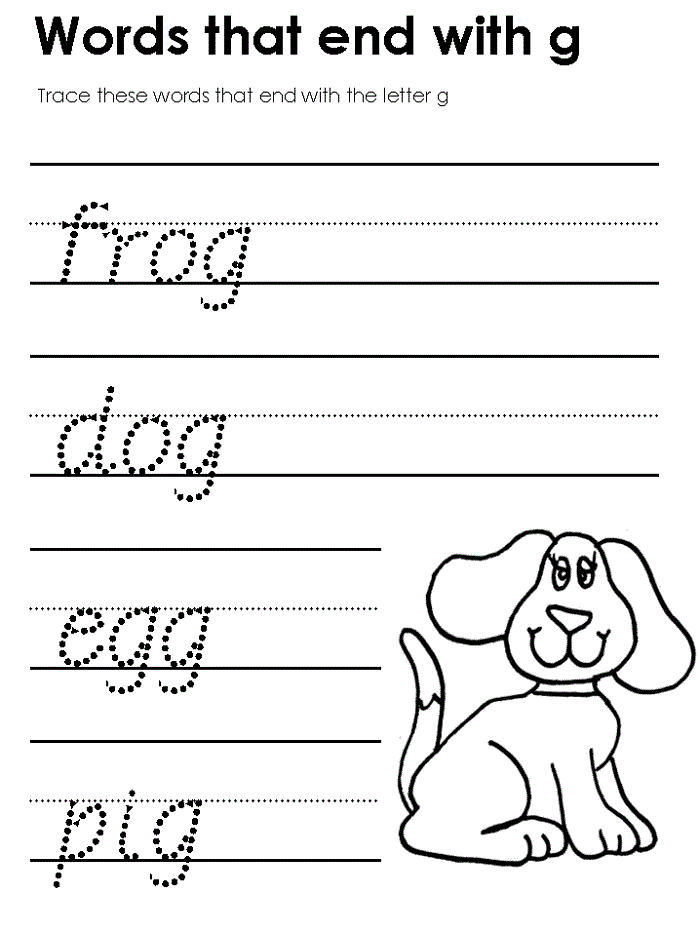
Each alphabet mat contains five sections.
- Alphabet Square – Children can finger trace the large letters or they can place a coil of play dough, wikki stix, or small objects on top of the letter. They can also color the letters.
- Uppercase Alphabet Line– Encourage kids to search for and circle the focus letter among the other letters in the alphabet.
- Beginning Sound Examples– Review the objects pictured with your kids. Name the objects and listen for the beginning sound. Practice the sound associated with the letter. Kids can also search for the letter in each word, and/or circle the letter in each word. Kids can color the pictures on the black and white version.
- Letter Formation Practice– Here is an opportunity to trace letters and write letters on the lines.
- Lowercase Alphabet Line- Finally, kids can search for and circle the focus letter among the other lowercase letters in the alphabet.
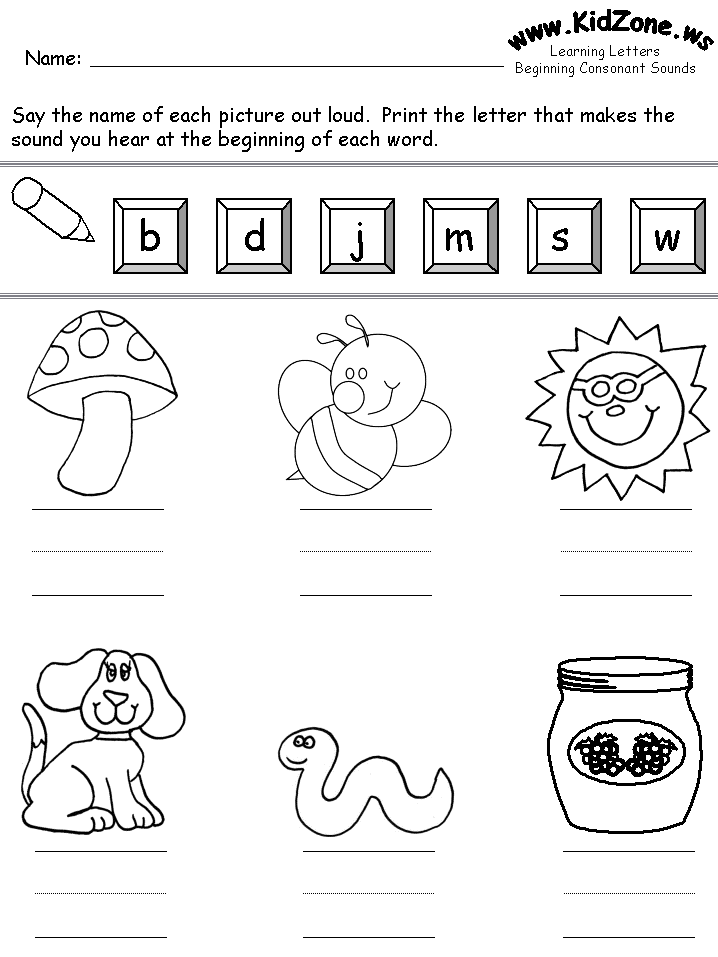
6. Alphabet Letter Books That Assemble in a Snap
My little alphabet letter books are simple, uncluttered, and are a great way to help kids understand print. The simple, predictable text and pictures are easy for kids to read aloud. Your kids will have the opportunity to practice letter recognition and phonological awareness.
Print the full-page book and use it in the class library and print off the little books for a literacy activity that you can send home with your kids.
Each little book contains a cover, 2-3 picture pages, and a letter tracing page.
- Kids can finger trace, color or use rainbow writing on the large letters on the cover of each book.
- There is simple predictable text on each picture page.
- Kids can read the sentence on the picture pages, circle the letter within the sentence, and color the pictures.
- The letter formation page provides young children an opportunity to trace and write both capital and lowercase letters.
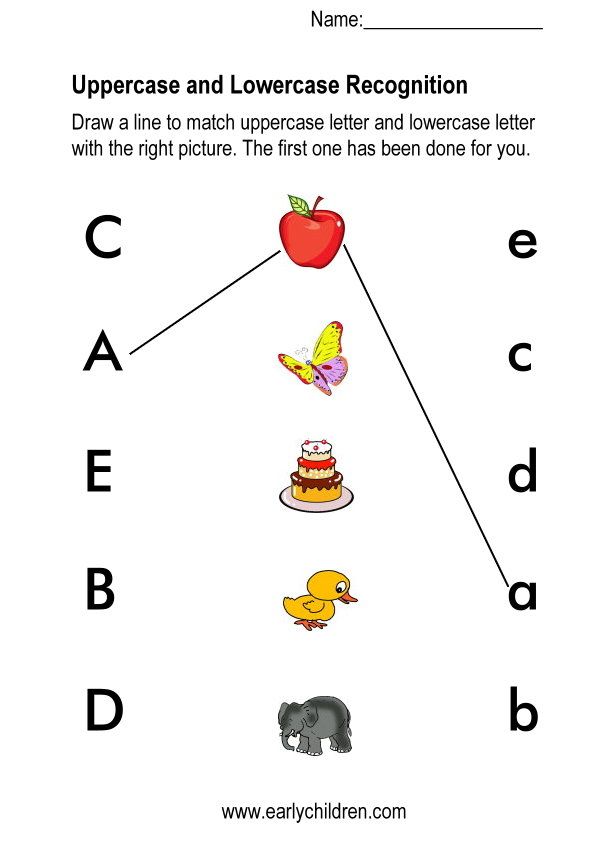 A simple starting dot is a great way to help kids learn letter formation without other distractions.
A simple starting dot is a great way to help kids learn letter formation without other distractions.
Busy teachers appreciate that the little books are easy to assemble. Check out this video to see how easy it is to assemble four books in a snap.
Because so many people started teaching preschool at home during the pandemic, I updated the to include an option where you won’t end up with 4 copies of the same book.
7. Learning Letters with Fine Motor Activities
Get out the q-tips and learn letters and work on fine motor control with these fun cards. Your kids will learn to recognize letters and proper letter formation (note that the starting point is highlighted) with this fun activity. Check out this article about learning letters with fine motor activities to get more activity ideas.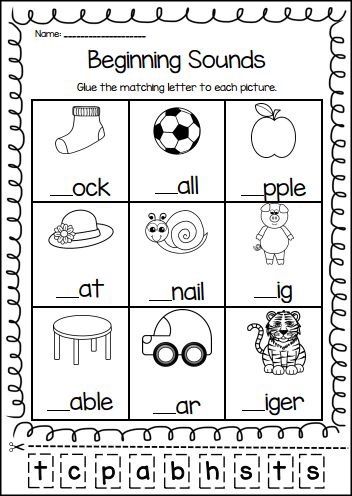
8. Sorting Words by Beginning Letter and Sound
This ABC picture sort activity gives children the opportunity to practice phonemic awareness skills. The beginning sound sorting activity includes a complete set of uppercase and lowercase letter boards as well as 52 picture cards (2 for each letter of the alphabet).
You can assemble the cards so that they have the name of the pictured object written on the backside.
Ideas for sorting activities and small group games are included.
9. Alphabet Coloring & Activity Pages with a Secret
Finally, these coloring and activity pages will provide children the opportunity to practice letter recognition, letter-sound association, and letter formation. I designed the pages (like many of the activities) in a simple manner so that young kids will not be overwhelmed. The pages are no-prep….just print, copy, and go!
Flexible Options! These activity pages come in half sheet and full sheet sizes.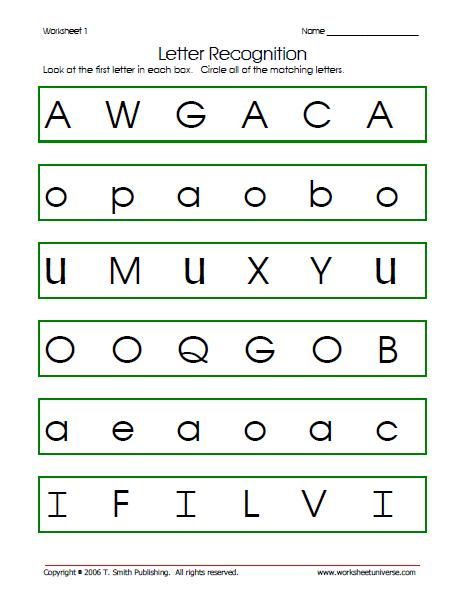 There are two pages for the letter “X” (one with x as a beginning letter and one with x as an ending letter) There is one page for all other letters. Use the pages individually or bind them into an alphabet activity book. Laminate the pages to use them over and over again in a writing center.
There are two pages for the letter “X” (one with x as a beginning letter and one with x as an ending letter) There is one page for all other letters. Use the pages individually or bind them into an alphabet activity book. Laminate the pages to use them over and over again in a writing center.
Kids can perform the following activities on each page. Don’t forget to find the hidden letters!
- Color or finger trace large letters.
- Reinforce letter-sound awareness as they “read” and color pictures for each letter.
- Trace uppercase and lowercase letters.
- Print uppercase and lowercase letters.
- PLUS Search for 6 small letters hidden on each page
Sample These 9 Activities Today!
How’s that for a variety of alphabet activities for preschoolers?
You can purchase all 9 of the activities described above individually, or you can purchase them together in a money-saving bundle. Do you want to try them out before purchasing? Download the free sample of the letter A printables today.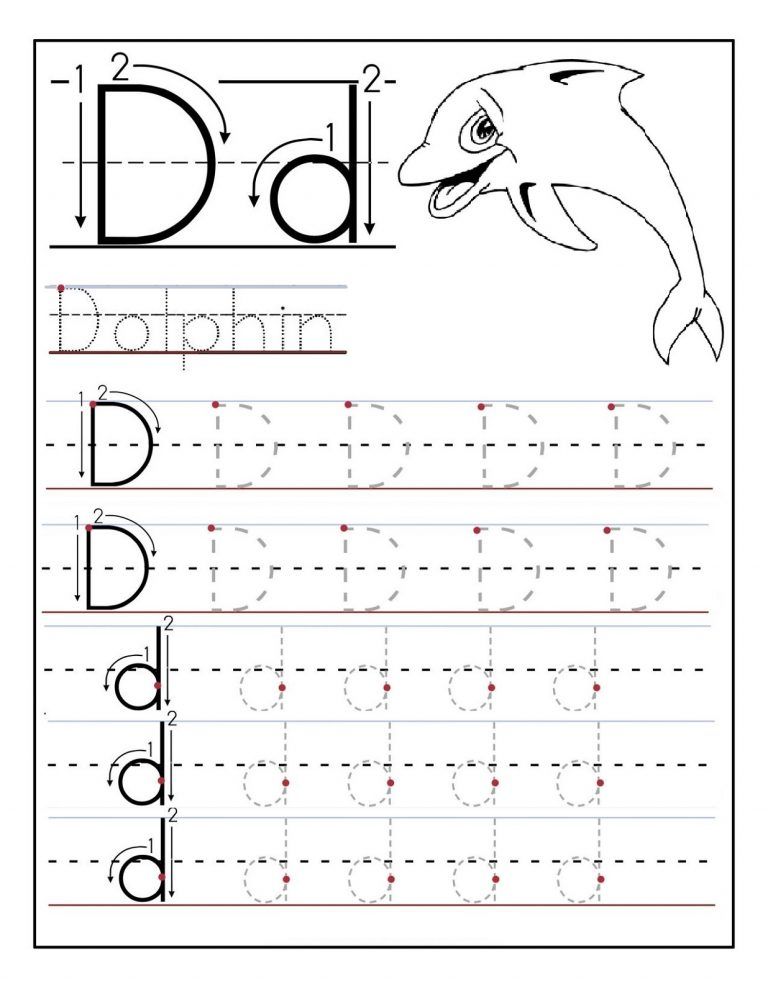 The ABC sampler includes all of the activities above for the letter A. To download the activity sample, click on the link below:
The ABC sampler includes all of the activities above for the letter A. To download the activity sample, click on the link below:
Free Alphabet Activity Sample
Purchase the Alphabet Activity Bundle
Click on the image below to purchase the complete alphabet bundle:
Alphabet Letter Identification Activities - PreKinders
Here are 15 fun, active, hands-on alphabet letter identification activities for Pre-K, Preschool, and Kindergarten.
You can find many more Alphabet Activities here.
Letter Basketball
This is one of my prekinders favorite letter identification activities every year. To prepare this game, I cut copy paper or newsprint paper in half, and write letters on several pieces. I make enough papers for each child, plus one or two extra. I make a line with masking tape on the floor and place the trash can about 4 feet away. As each child has a turn, I tell them which letter to find. They pick up the letter, crumble the paper into a ball, and stand on the tape to toss it into the trash can.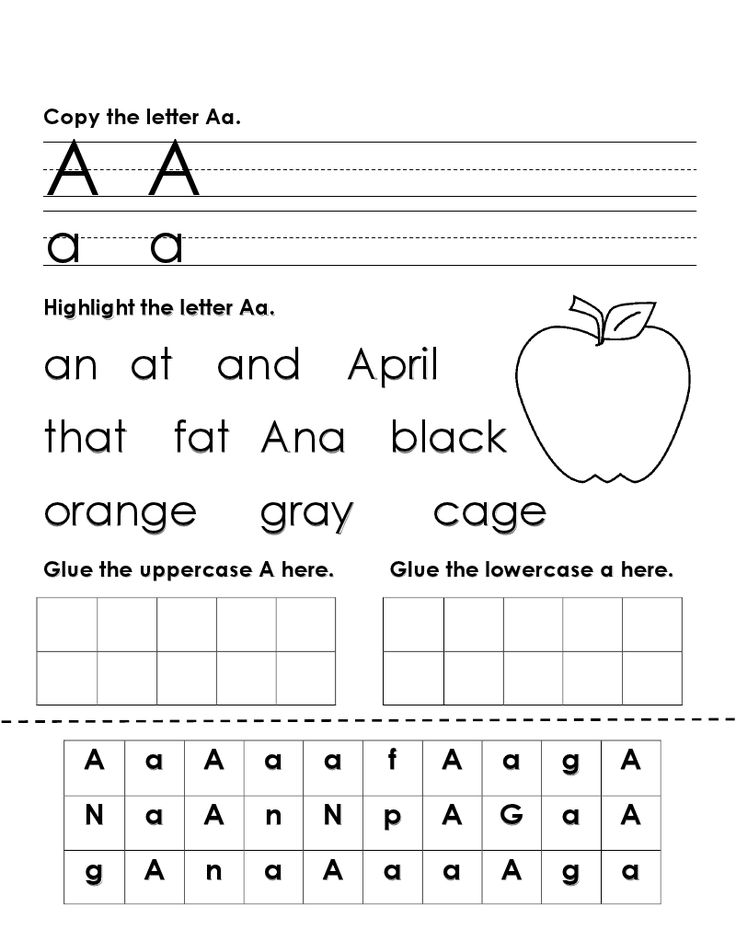 If they miss, they get as many chances as needed to get the “ball” in the basket and can move closer if needed. We always cheer when they make it in the basket! This game could also be played with alphabet bean bags if you have them.
If they miss, they get as many chances as needed to get the “ball” in the basket and can move closer if needed. We always cheer when they make it in the basket! This game could also be played with alphabet bean bags if you have them.
Candy Letter Match
Write pairs of letters on sticker dots and place them on the bottom of several Hershey’s Kisses. For my Pre-K kids, I usually put out about 5-10 pairs of letters at a time. Children take turns lifting two Kisses at a time. If the letters match, they keep those Kisses. If they do not match, they have to put them back. At the end of the game, all of the Kisses are put in the middle of the table, and children can choose about 3 pieces to eat. We use this game to practice matching uppercase to uppercase letters, lowercase to lowercase, or uppercase to lowercase, depending on what we are working on.
Alpha-Band
Label each rhythm instrument with a letter. An easy way to make instruments is to put rice inside a plastic Easter egg, and hot glue it closed.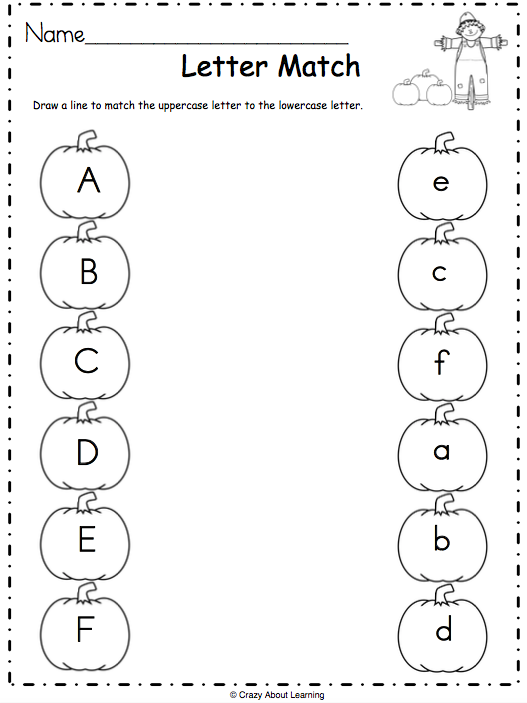 We sing the traditional Alphabet Song, or another alphabet song, such as Dr. Jean’s “The Alphabet’s in My Mouth” or “Who Let the Letters Out”, or Jack Hartmann’s “Animal Alphabet Cheer”. Children shake their letter shakers only when they hear their letter called out in the song.
We sing the traditional Alphabet Song, or another alphabet song, such as Dr. Jean’s “The Alphabet’s in My Mouth” or “Who Let the Letters Out”, or Jack Hartmann’s “Animal Alphabet Cheer”. Children shake their letter shakers only when they hear their letter called out in the song.
Letter Hunt
Children choose any 10 letters from the letter manipulatives (use foam letters, magnetic letters, letter tiles or other letter manipulatives). Go through a stack of shuffled letter cards, calling out each letter to the children. As the letters are called out, children look to see if they have that letter, and if they do, the letter is put back in the letter basket. We see who is first to clear all of their letters. It’s very similar to a bingo game. In Pre-K, we play until everyone has cleared all of their letters because our goal is learning letters, not competition with the little ones.
*To teach letter sounds: Call out a word and have children identify the first letter of the word.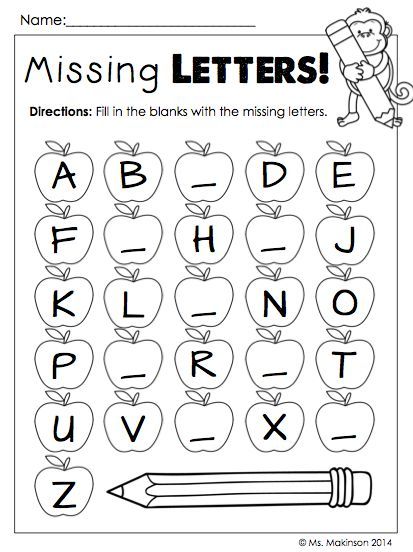
ABC Sorting Tray
I found this divided tray in a kitchen store. I labeled each section by writing a letter on a sticker dot and placing the matching foam letters in each section of the tray. I placed the letters in a bowl and children sorted and matched the letters into the sections of the tray. When I want to change out the letters in the tray, I just remove the sticker dots and add new ones. I usually try to use letters that are similar, so that children are challenged and use visual discrimination skills to find the differences in the letters. For example, I might use Q, O, D, C, and G since those letters are similar in shape, or I, T, J, or W, V, U.
ABC Sorting Box
Label a craft storage box with letter stickers. Children sort letter manipulatives into the sections of the box. These are magnetic letter tiles in the picture.
Letter Matching Uppercase to Uppercase
For this activity, each child chooses a colored letter box. Children work in pairs to match the letters that are the same.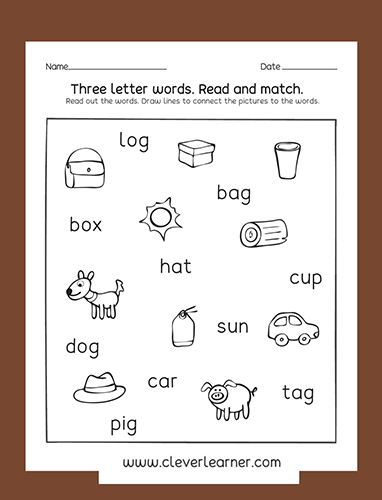 These letters came from a set of foam letters that are sadly no longer available from Lakeshore (bring them back, Lakeshore!) However, you could do the same activity by using handmade cards with the letters written in two different colors. You might also consider using paint chips (paint sample cards) in two different colors and making A-Z sets in the two different colors by writing on the cards with a black marker.
These letters came from a set of foam letters that are sadly no longer available from Lakeshore (bring them back, Lakeshore!) However, you could do the same activity by using handmade cards with the letters written in two different colors. You might also consider using paint chips (paint sample cards) in two different colors and making A-Z sets in the two different colors by writing on the cards with a black marker.
Letter Matching Uppercase to Lowercase
Children work in pairs to match the uppercase and lowercase foam or magnetic letters that are the same. You could also use purchased or handmade letter tiles.
Stamping Game
Write about ten letters on a piece of paper for each child. Put the same ten letters in a bowl or bag, and pass it around the table. Each child has a turn to pull a letter out of the bowl or bag, and announce the letter to the group. Children find the letter on their paper and stamp it out with a rubber stamp.
Other ways we play this game:
- I put every letter of the alphabet in the bowl or bag and children determine if the letter is on their paper or not.
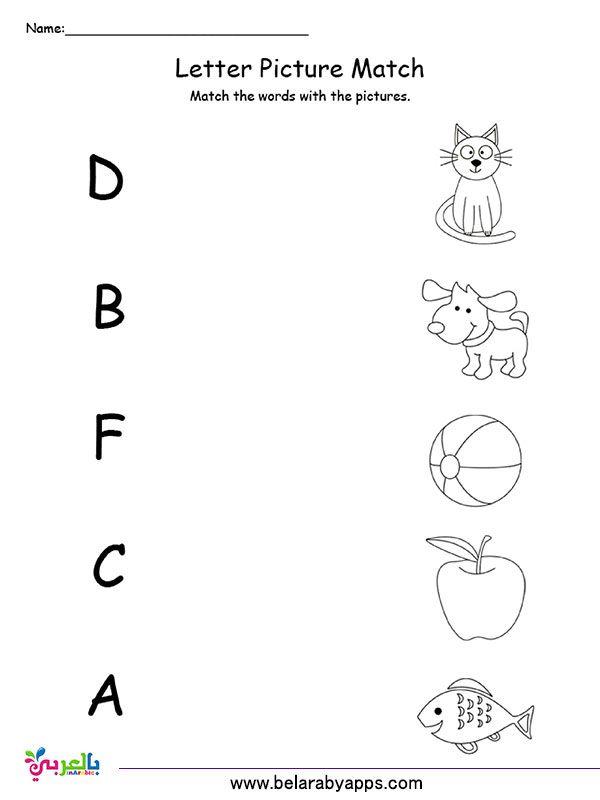
- I place small objects in the bowl and children identify the beginning letter (e.g. B for ball).
Alphabet Bingo
Each child looks for the letter the teacher calls out on their bingo card. If they have it, they cover it. Play until a card is full.
Alphabet Soup
Children take turns scooping up a letter from a bowl with a spoon or soup ladle. The child identifies the letter, and walks around the room searching for the letter somewhere in the classroom.
*To teach letter sounds: Children search for an object in the room that begins with that letter.
Letter Clips
Children squeeze the clothespins and clip them to the sides of the box. I wrote letters on dot stickers and placed the dot stickers around the sides of the boxes. I wrote letters on the clothespins so the children would match the letters on the clothespins to the letters on the boxes. This is similar to activities where children clip clothespins to a paper plate or cardstock circle; however, in my experience, those were flimsy and awkward to use, which is why I like the box better.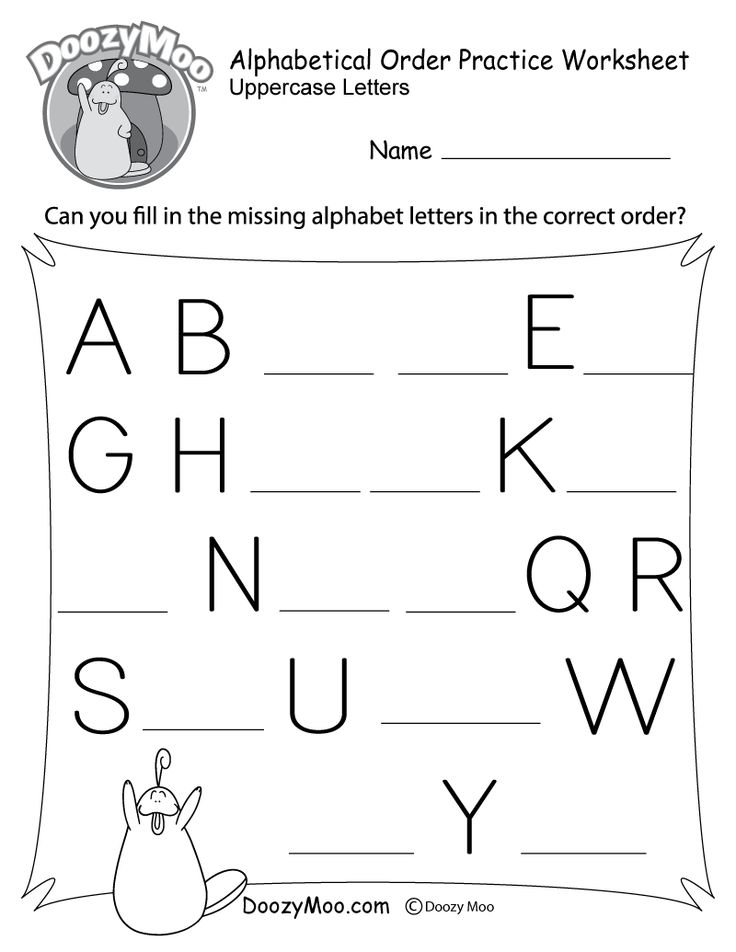 Any sturdy box could be used (shoe box, postal box). The boxes in this picture were stacking gift boxes that held chocolate covered nuts (a Christmas gift), and they worked out perfectly. (By the way, Sam’s Club has these chocolate covered nuts in the same stacking boxes every year, and they are awesome!)
Any sturdy box could be used (shoe box, postal box). The boxes in this picture were stacking gift boxes that held chocolate covered nuts (a Christmas gift), and they worked out perfectly. (By the way, Sam’s Club has these chocolate covered nuts in the same stacking boxes every year, and they are awesome!)
Memory Game
Place about three letter manipulatives on a tray, cover them with a cloth, and take one away. When the letters are uncovered, children guess which letter is missing. Children find the letter that is missing among their own set of letter manipulatives. If the children are very interested in writing, they can write the letter that is missing on a dry erase lap board. To increase the difficulty of this game, try using 4 or 5 letters. Another options is to place three letters on the tray, cover them, and ask the children to recall all three letters that were on the tray.
Alphabet Path Games
I made these path games using stickers bought in a craft store (scrapbooking section), and I made individual mats with about 10 letters on them.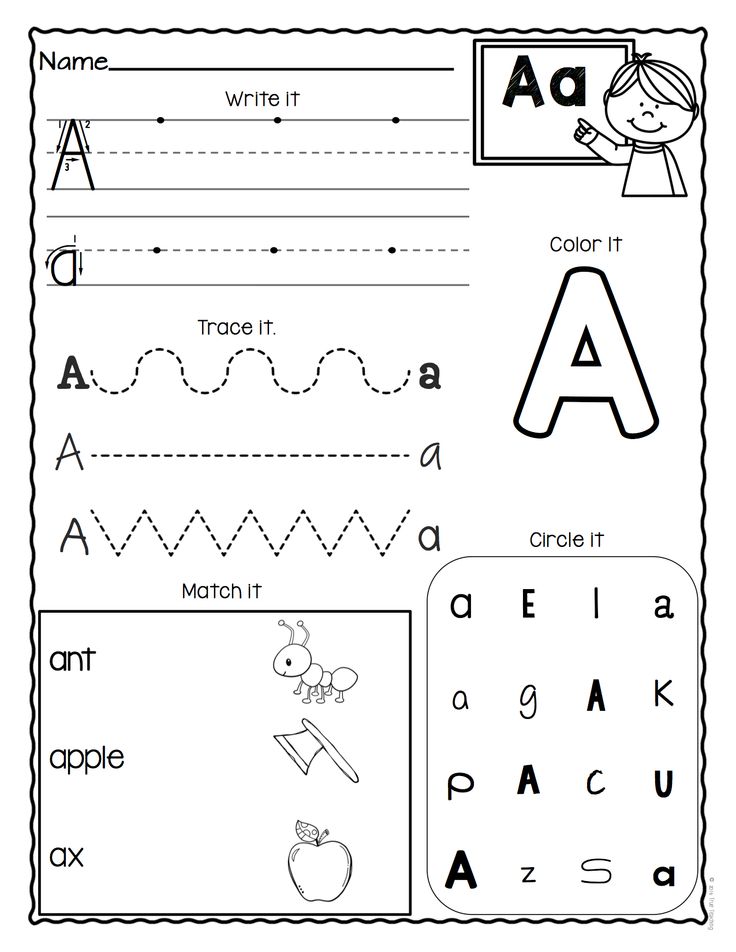 Each child gets a mat, a game piece, and some plastic chips to cover the letters on their mat. They roll the dice and count out the spaces to move their game piece. If their game piece lands on a letter that is on the mat, they cover that letter with a chip. Play continues until they have covered every letter.
Each child gets a mat, a game piece, and some plastic chips to cover the letters on their mat. They roll the dice and count out the spaces to move their game piece. If their game piece lands on a letter that is on the mat, they cover that letter with a chip. Play continues until they have covered every letter.
Other ways we use the path games:
- Children identify the letter they land on, then find that letter somewhere in the classroom.
- Children find an object in the classroom that begins with that letter’s sound.
You’ll also like these resources…
Writing for children in St. Petersburg, teaching writing to preschoolers
St. Petersburg
Choose a center Choose a center
- Baltic Pearl nine0007 in Pushkin
- Leontievsky Cape
- at Akademicheskaya
- on Vyborg highway
- on Dybenko nine0007 on Zvezdnaya
- on Kushelevskaya
- on Leninsky
- at Moskovskaya
- on Parnassus nine0007 on Lenin Square
- on Proletarskaya
- on Queen Avenue
- at Glory Avenue
- Sun City nine0007 in Kirovsk
- in Novogorelovo
- in New Okkerwil nine0007 in Housewarming (school)
- in South Kudrovo
- in Vsevolozhsk nine0051
- Baltic Pearl
- in Pushkin
- Leontievsky Cape
- on Akademicheskaya
- at Vyborgskoye Highway
- at Dybenko
- at Zvezdnaya
- at Kushelevskaya
- at Leninsky
- on Moskovskaya
- on Parnassus
- on Lenin Square
- on Proletarskaya
- on Koroleva Avenue
- on Slavy Avenue
- Sun City
- in Kirovsk
- in Novogorelovo
- in Novy Okkervil
- in Novoselye (school)
- in South Kudrovo
- in Vsevolozhsk
- home /
- Normative substantiation of programs /
- Review of the English language program for children
Show on the mapChoose another city
Franchise
Network of children's language centers
Sign up for a trial lesson
About Us
Our branches
Reviews
News
Teaching methodology
How are the classes nine0003
Certificate | Level 1 (5-6 years) | Level 2 (6-7 years) | Course Features | Sign up for classes
For a century now, the development of writing has been available to everyone and is not a privilege.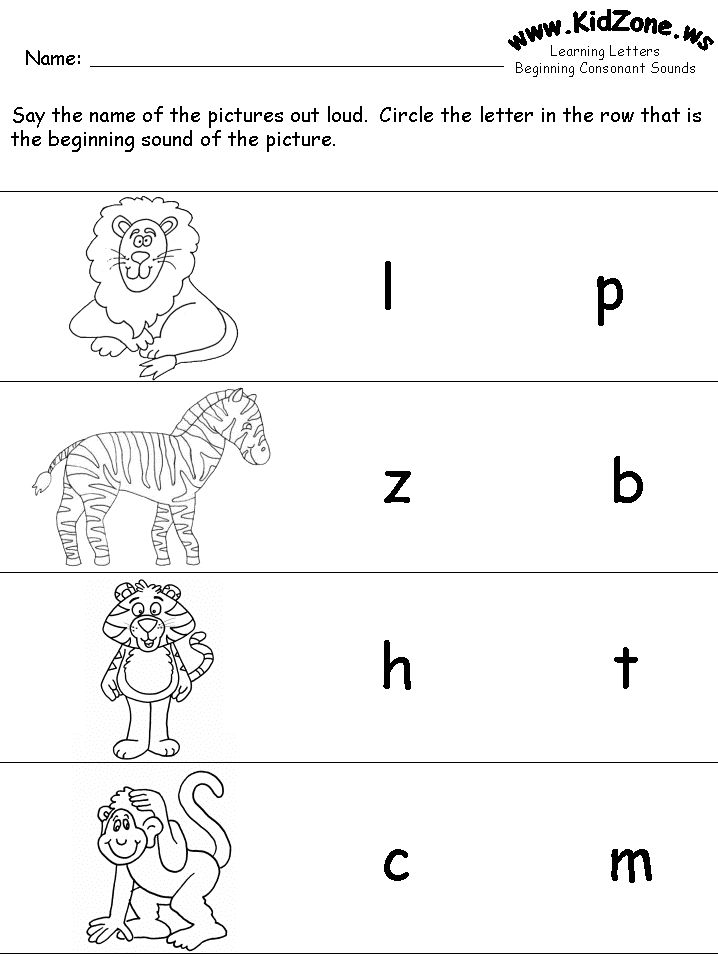 Nowadays, a child under 5 years old begins to imitate adults, drawing letters and numbers on paper.
Nowadays, a child under 5 years old begins to imitate adults, drawing letters and numbers on paper.
The skill of writing is an unusually complex function that involves almost all parts of the brain! Establishes the connection of hand movement with our thoughts. nine0003
However, written speech primarily has the function of transmitting information. The first skills of writing appear in early childhood and are expressed in the inept drawings of the baby. Each colored picture or scribbled piece of paper that a child gives to his parents is an attempt to convey what he sees or feels. Of course, adults must definitely respond positively to such manifestations of thoughts and encourage it.
Very soon the baby will have to go to the first grade, where today it is necessary to show the proper level of knowledge at the very beginning. The requirements of the modern school are such that a student at the age of 7 should already be able to write and read, at least in syllables. That is why attentive and caring parents begin to prepare their children in advance. So, many mothers, even before graduating from kindergarten, begin to choose writing courses for preschoolers in St. Petersburg. nine0003
That is why attentive and caring parents begin to prepare their children in advance. So, many mothers, even before graduating from kindergarten, begin to choose writing courses for preschoolers in St. Petersburg. nine0003
The network of children's centers Polyglotica has developed a unique teaching methodology that allows you to effectively and gently prepare a child for school, develop writing and reading skills. Teaching children 5 years old to write begins with writing not whole letters, but their components, such as lines, circles, shelves, dots, etc. The preparation of preschoolers for writing and reading takes place in play activities, because play at this age is the main way to learn about the world. The children get acquainted with the letters, their correct arrangement, order, sound. nine0003
A friendly atmosphere prevails in all our lessons, thanks to which the children always go to class with pleasure, do not hesitate to answer questions and train their communication skills, therefore, at school, he will feel confident answering at the blackboard.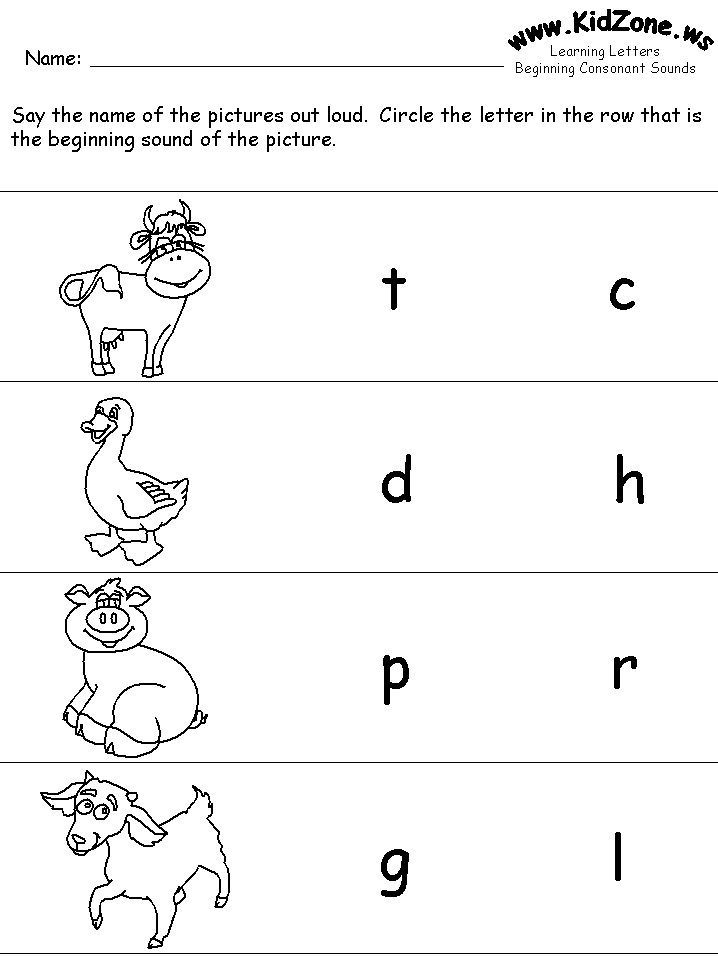 The children in the classroom listen with pleasure to stories from the teacher, join in a dialogue about what they have read, learn to retell events and evaluate the characters.
The children in the classroom listen with pleasure to stories from the teacher, join in a dialogue about what they have read, learn to retell events and evaluate the characters.
The "Writing" program from the "Polyglotiki" centers in St. Petersburg is designed for two years of study. Children will come to class once a week. If you want to master the course in one year, then you need to attend classes 2 times a week. Thus, a two-level course, designed for 72 hours, will be learned. nine0003
Certificate
Level 1 (5-6 years)
The first stage of the program "Writing" is designed for one year. During this period, students begin to get acquainted with letters (uppercase, lowercase, printed, uppercase), hold a pen and pencil correctly, learn to draw all graphic elements correctly and evenly, and take the correct posture when writing. Fine motor skills are trained, the correct position of the hand and its inclination are developed with special exercises.
At the same time, speech sounds and letters are differentiated.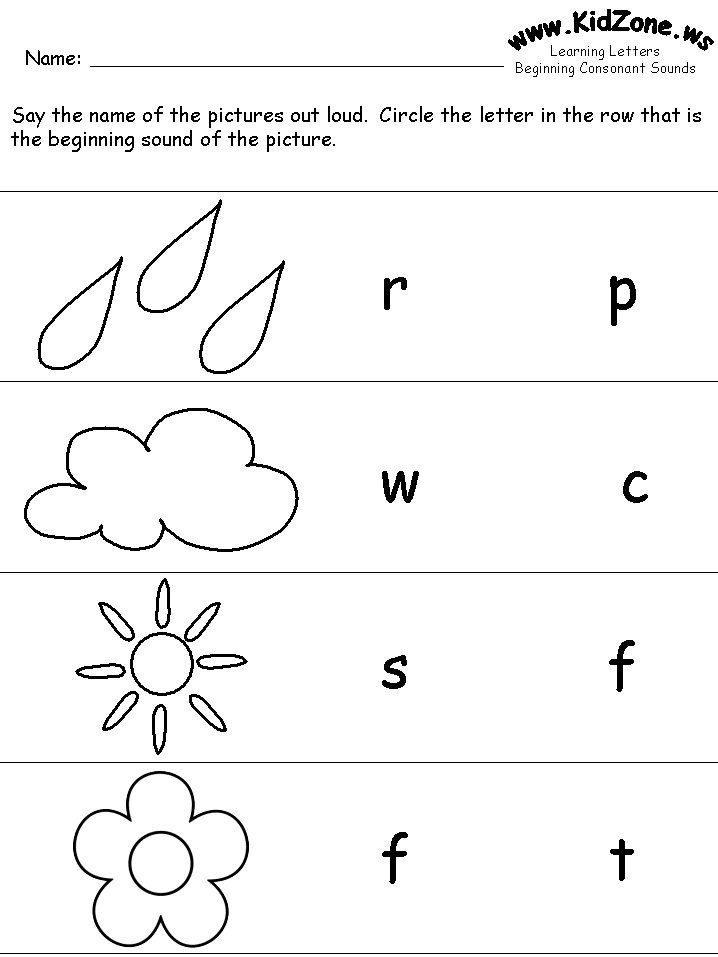 It is important to accurately recognize and correlate them, because along with the graphic skill, the spelling skill is also developed. The children are introduced to the alphabet, learn the letters and their spelling. nine0003
It is important to accurately recognize and correlate them, because along with the graphic skill, the spelling skill is also developed. The children are introduced to the alphabet, learn the letters and their spelling. nine0003
Level 2 (6-7 years)
In Year 2, children move on to Level 2 and continue to work on writing letters, moving on to words and sentences. It's time to get familiar with capital letters. Special prescriptions train the skill of connecting different letters.
The teacher repeatedly demonstrates how to write a letter on the board, commenting and explaining the movement and inclination, after which the children proceed to the tasks of self-writing. At this stage, the skill of free mastery of writing is fixed, the foundation of written speech is laid. nine0003
After successfully mastering the correct spelling of letters and words, teachers move on to the use of cheating. The key point is the development of visual memory, and not just the transfer of words from the board or book. The next important stage will be writing under dictation
The next important stage will be writing under dictation
Of course, the ability to write is the most important step on the way to a new stage in the life of a future first grader. It is on how your child writes (evenness of handwriting, speed) that his school performance will depend. However, any parent must remember that one cannot demand more from a child than he can do due to his age. nine0003
The network of children's educational centers Polyglotica successfully and efficiently teaches writing to preschoolers aged 6–7 in St. Petersburg. We not only introduce children to letters and sounds, one of the main tasks of teachers is to teach preschoolers to write letters, words and sentences smoothly and quickly.
A friendly atmosphere in the classroom, the absence of a strict grading system, a rigid framework allows children to feel comfortable.
nine0088 Course Features
Gradual teaching of a child to write
The training program "Letter" is divided into two levels of complexity, psycho-emotional and age characteristics of age are taken into account.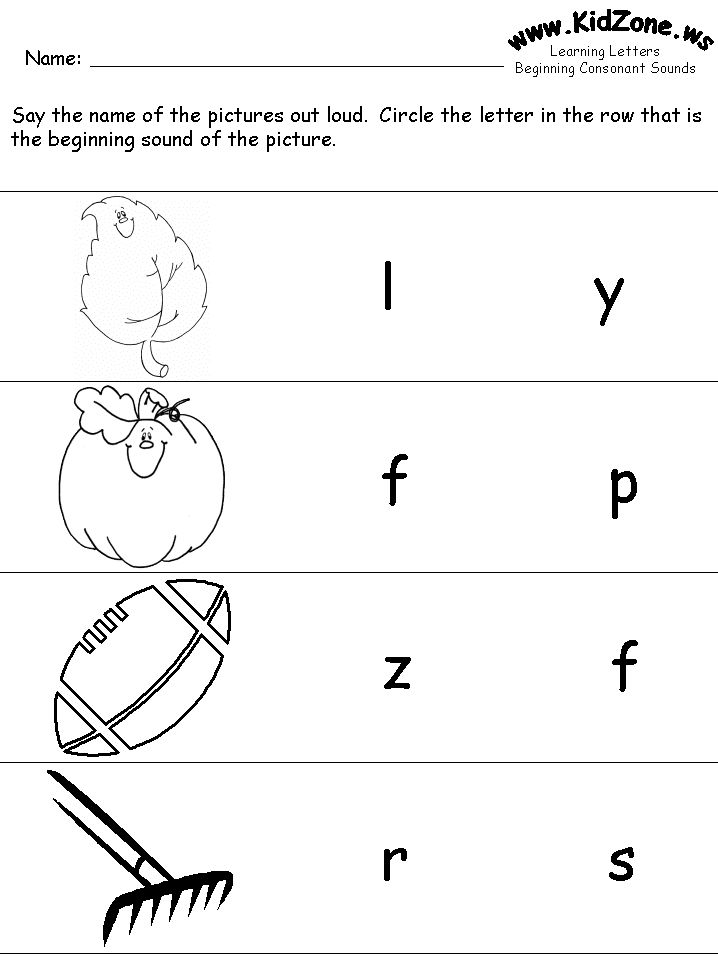
Education between the ages of 5 and 7 is most effective and results in excellent results. Despite the early age, during this period, children are already aware of their success, which, of course, motivates them to continue their studies at school.
Effective preparation for school
By the end of the two-year course, children will be fully prepared for Russian language lessons at school: they know the alphabet well, can write and read accurately, easily distinguish between vowels and consonants, copy and understand texts.
Comprehensive development of children
Since writing is inextricably linked with the active work of the brain, we can talk not only about mastering the skill of writing and training attention, but also about the active development of all parts of the brain. There is an active perception and retention of the image of the word in the head. The motor and deep parts of the brain are responsible for sufficient muscle tone, train the hand, correct subtle movements, and switch between positions with jewelry.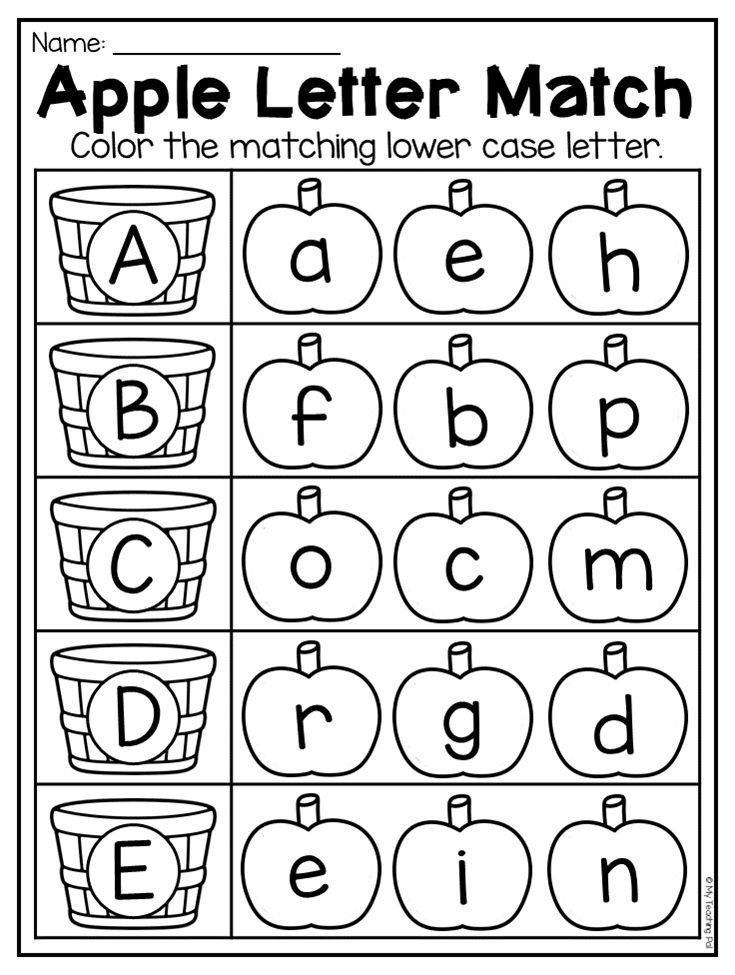 And, of course, all this is accompanied by an analysis and search for semantically suitable words. nine0003
And, of course, all this is accompanied by an analysis and search for semantically suitable words. nine0003
Sign up for classes
leave a request or a question, and our specialists will contact you shortly
Select a branch*Baltic Pearl in Pushkin0003
CurriculumEnglish languageGerman languageSpanish languageItalian languageChinese languageFrench language Preparing for school Preparing for examsArtCookingCraftsFitnessMusicStorytimeYoga kidsEnglish Literature English for elementary school (online)English Club-GardenEnglish TheaterEnglish language (group)Bilingual full-day kindergartenKids School of FashionArt StudioKorean languagePrivate lessons with PolygraphyKalliglot Memory developmentSummer campSpeech therapy classesMath in EnglishMental arithmeticMini-gardenMnemonicsMusical DevelopmentScience in EnglishWrite-ReadPreparation for immigration PortugueseConversation Club with a native speakerEarly development in EnglishSpeed readingCreativity in EnglishLearn well!Fitness in EnglishChess ClubEnglish (online)German (online)Spanish (online) ) nine0003
For faster processing of the application, you can provide more information.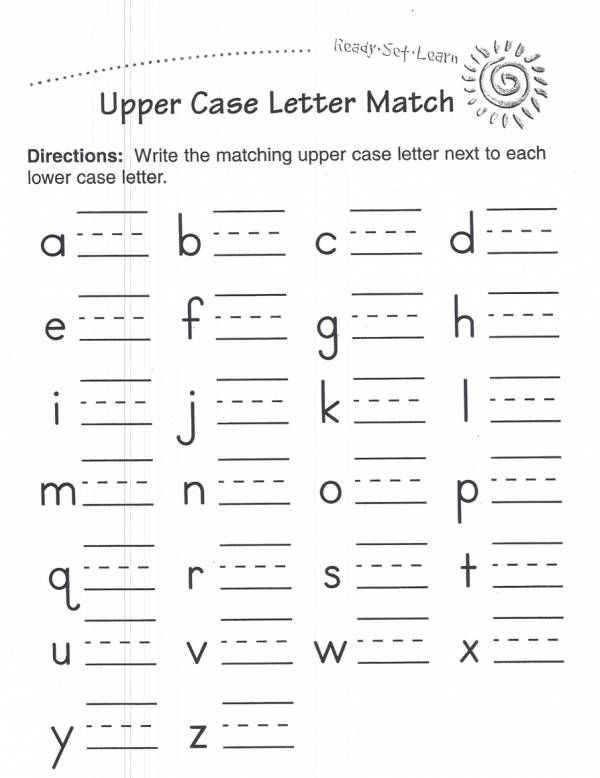 Specify
Specify
By clicking the "Submit" button, you confirm that you consent to the site administration to process and transfer your personal data to the site administration in the framework of the Federal Law of July 27, 2006 No. 152-FZ "On Personal Data" (as amended) and receive a response by phone, internet or mail.
nine0054 Choose your branch:St. Petersburg
Leningrad Region
Choose another city
Callback
Sign up for a free lesson
© 2006-2022 POLYGLOTICS - Network of children's language centers.
nine0215 REVIEW on the program of additional education "English for children aged 8-18", the author is the general director of the NCHOU DO EC "Miss Ellen" Elena Stanislavovna Shevchenko
The program of additional education "English for children aged 8-18" was drawn up taking into account the requirements of the Federal State Educational Standard and the Decree of the Government of the Russian Federation No.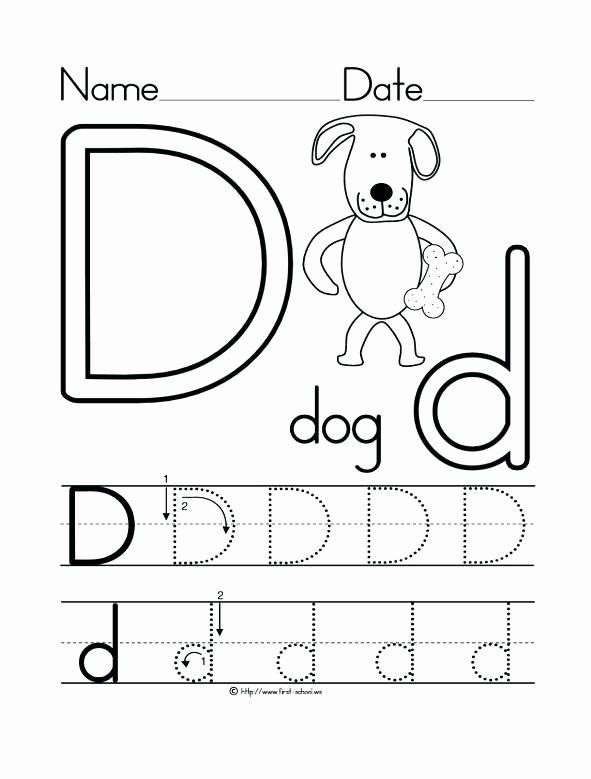 223 dated 03/07/1995 (as amended on 03/10/2009) "On Approval of the Model Regulations on the Establishment of Additional Education for Children ".
223 dated 03/07/1995 (as amended on 03/10/2009) "On Approval of the Model Regulations on the Establishment of Additional Education for Children ".
The program consists of three modules: "English for Beginners". "English. Intermediate level” and “English language. Profile level "contains the planned results of mastering the program for all types of speech activity (listening; speaking: reading, writing), language knowledge and skills (graphics and spelling; phonetic side of speech; lexical side of speech, grammatical side of speech, translation), educational and thematic plan, forms of control, methodological support. nine0003
The subject content of the program meets the needs, interests and age characteristics of students. The planned results involve the formation of key competencies in the field of the use of language communication for students to solve practical, personal and professional tasks in real life and the development of creative potential.
The list of used literature includes modern foreign and Russian textbooks; collections of test tasks; reference books; dictionaries, teaching materials for schoolchildren and students, links to Russian and foreign educational sites.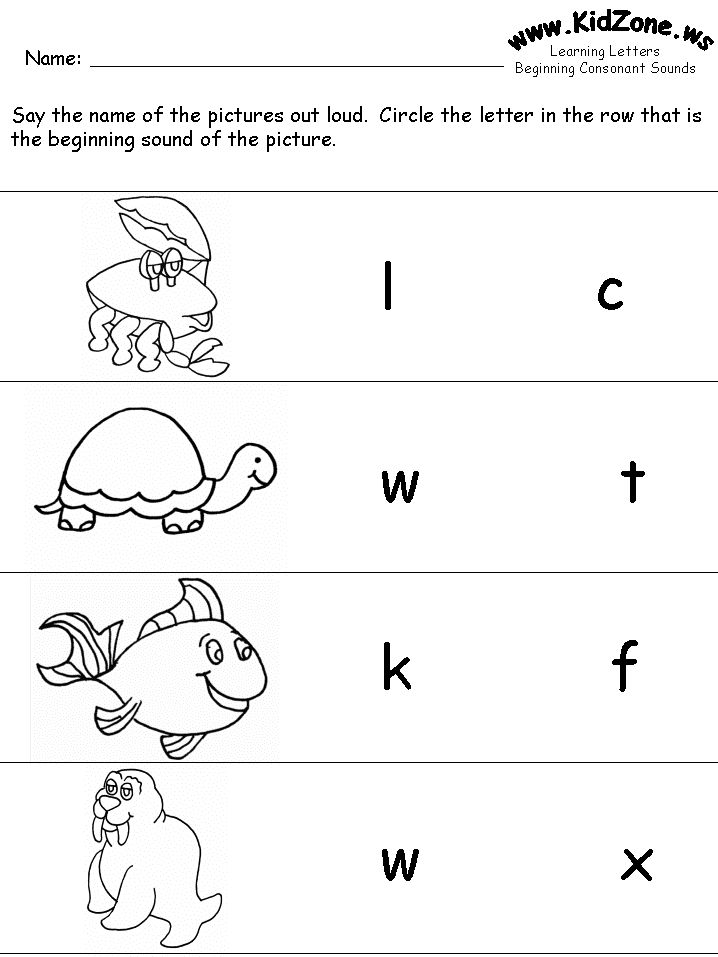 nine0003
nine0003
The practical significance of these materials lies in the fact that at the moment there is a lack of English language programs for children in the country; students in institutions of additional education; taking into account the goals and objectives of additional language education in Russia and corresponding to the Federal State Educational Standard. The development of this program will allow students to prepare for entering universities at language faculties, for participation in international and all-Russian language competitions and olympiads (“British Bulldog”, “Flex”, “Golden Fleece”, etc.), for passing test
IELTS (International English Language Testing System) , which is one of the leading international English language exams, is accepted in more than 120 countries around the world.
This program can be used by teachers and teachers of English in institutions of additional education of various types.
The presented program meets the general requirements for the design of such programs.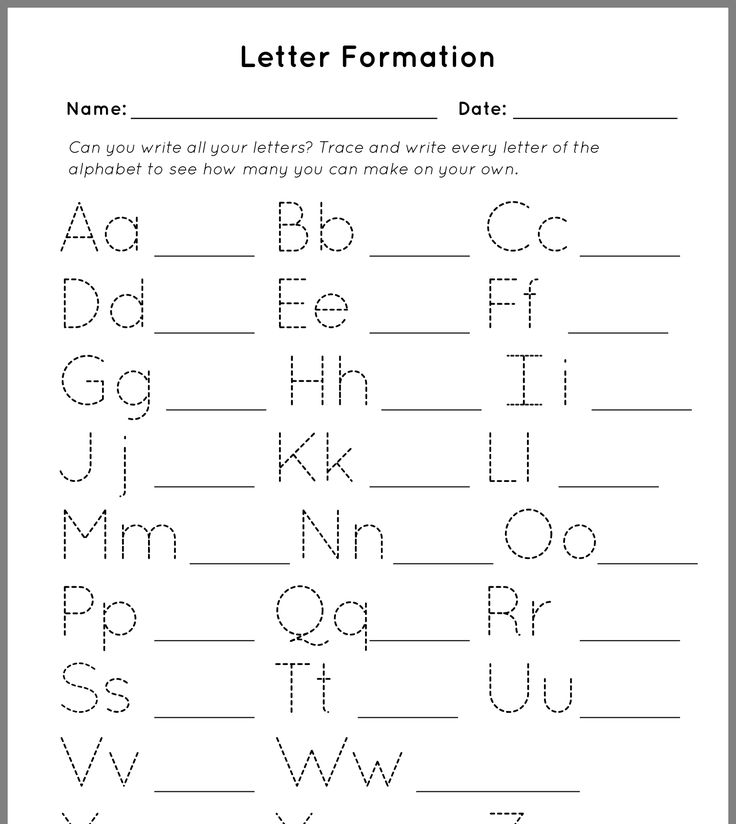
This program meets the needs of the modern educational system and can be recommended for publication and introduction into the practice of teaching foreign languages. nine0003
_________
Specialist in educational and methodological work, senior lecturer in the departments of humanitarian education of the State Autonomous Educational Institution of the Far Eastern Educational Establishment Amur Regional Institute for the Development of Education. E.V. Brovkina
Original document
Chinese - For beginners
Learning Chinese from scratch - for those who have not studied the language before, but dream of learning it with the best teachers. nine0003
more
Chinese - Intermediate
Development of translation skills, composing monologues and dialogues on a given topic, as well as reading aloud and to oneself.
more
Chinese - Proficiency level
Developing the skills of translating journalistic texts, reading newspapers and magazines, as well as the ability to conduct a business conversation.